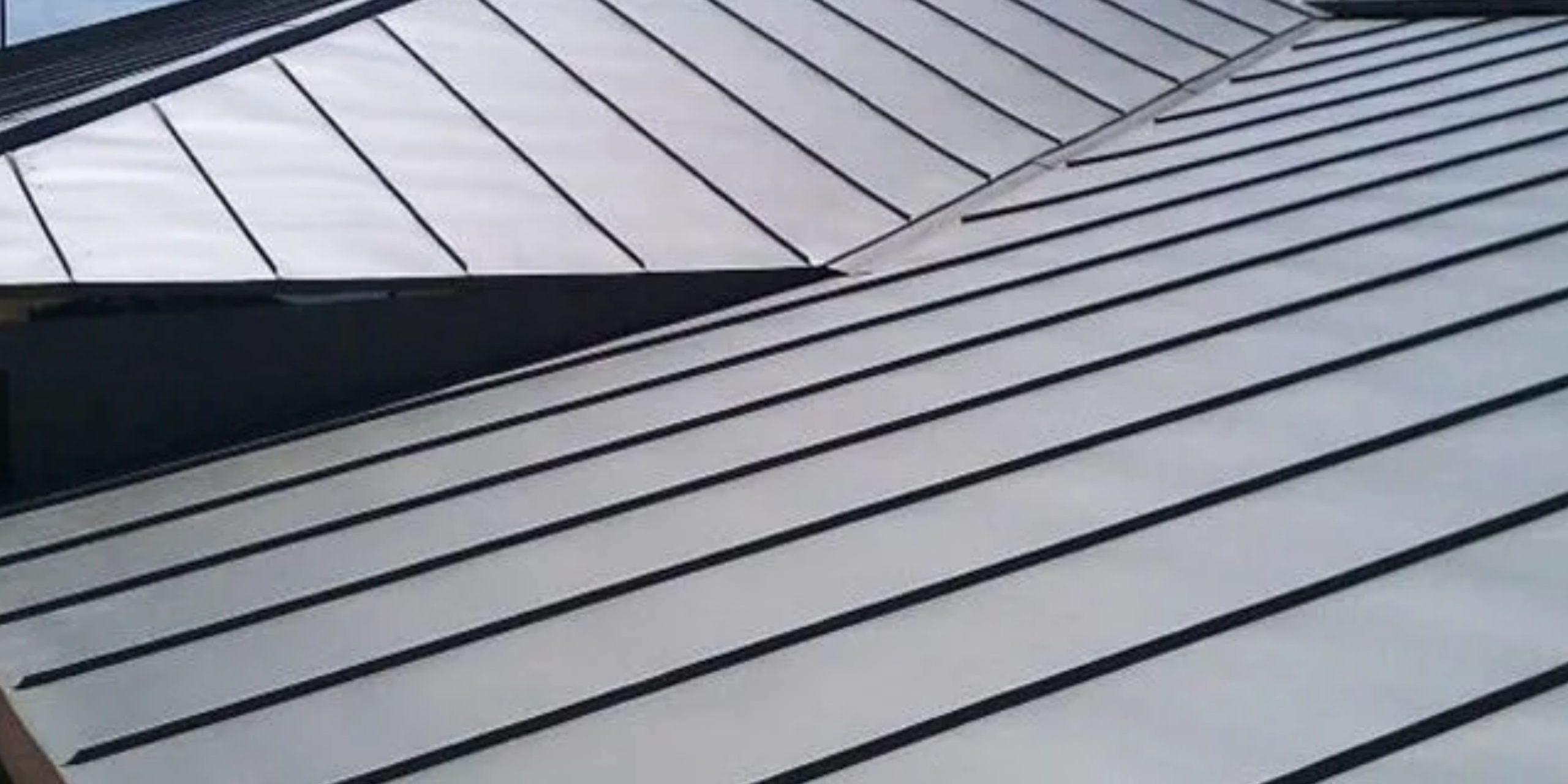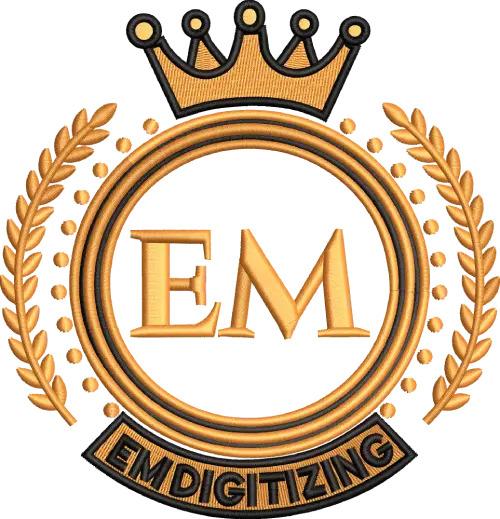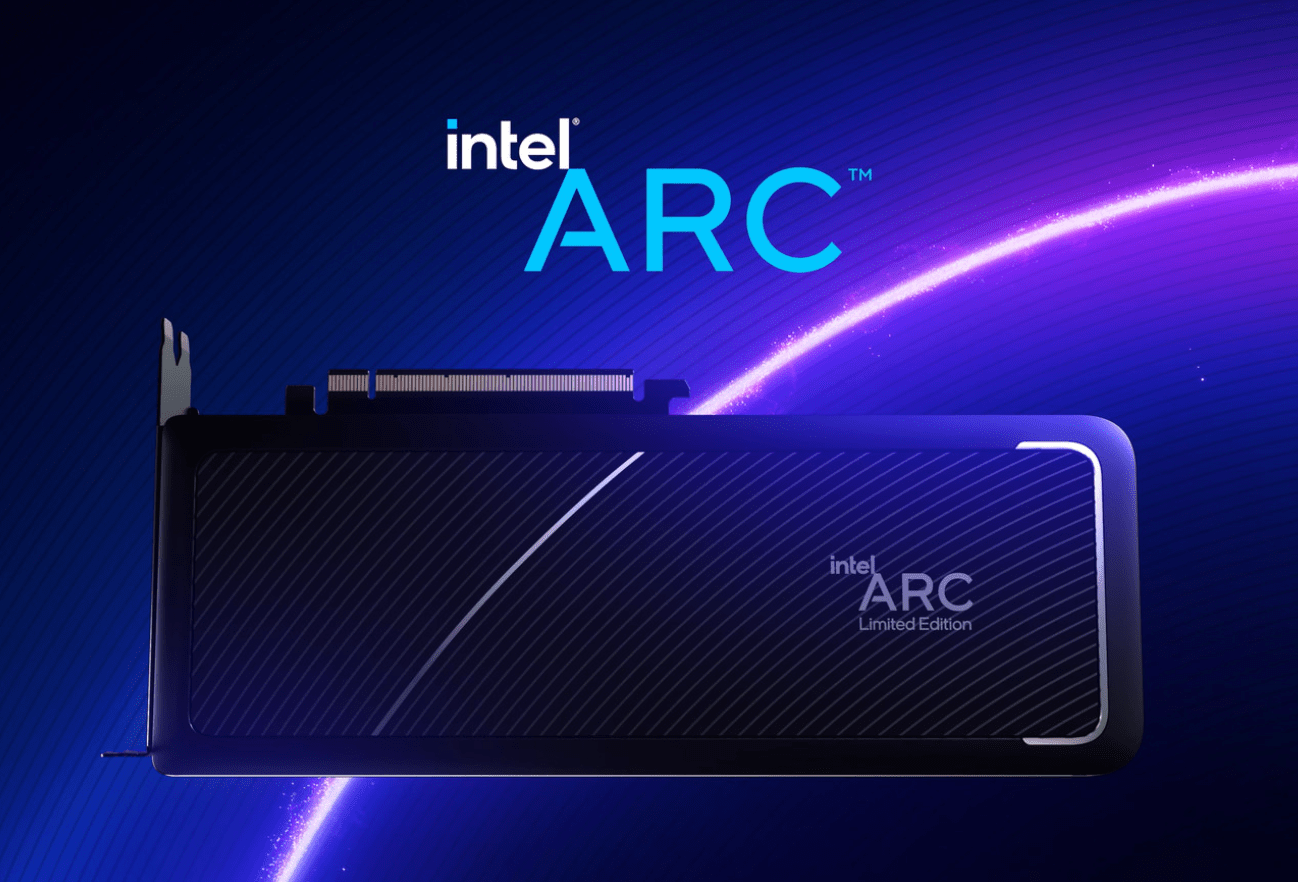Discovering a leak in your metal roof can be stressful, but with the right steps, you can address the issue effectively and maintain the integrity of your roof. This guide will walk you through the process of identifying, managing, and repairing leaks in your metal roof, ensuring you take the necessary actions to protect your property. By understanding when metal roof repair is sufficient and when metal roof replacement is necessary, you can make informed decisions for your home or business.
Identifying The Source of the Leak
Conduct a Thorough Visual Inspection
The first step in addressing a leak in your metal roof is to identify the source. Begin with a comprehensive visual inspection of the roof. Look for signs of water damage, such as discoloration, rust, or corrosion, which can indicate the presence of a leak. Pay particular attention to seams, fasteners, and areas around roof penetrations like chimneys, vents, and skylights, as these are common points where leaks can occur.

Perform a Water Test
If the source of the leak is not immediately apparent from a visual inspection, consider performing a water test. This involves using a garden hose to simulate rainfall, starting from the lowest point of the roof and gradually moving to higher sections. By carefully monitoring the interior of the roof during this process, you can pinpoint the exact location of the leak. Ensure you have someone inside the building to watch for signs of water infiltration during the test.
Temporary Measures to Mitigate Damage
Apply Roof Sealant
Once you have identified the source of the leak, a temporary solution to mitigate further damage is to apply a high-quality roof sealant. Roof sealants can provide a quick fix, preventing additional water ingress until you can implement a more permanent solution. Ensure the affected area is clean and dry before applying the sealant for optimal adhesion. Use a sealant that is specifically designed for metal roofs to ensure durability and effectiveness.
Use Roofing Tape
Roofing tape is another effective temporary measure for sealing small cracks and holes. This specialized tape is designed to adhere to metal surfaces and can create a watertight barrier. As with roof sealant, make sure the surface is clean and dry before applying the tape. Roofing tape can be a valuable tool for emergency repairs, providing immediate protection against leaks until a more comprehensive repair can be made.
Permanent Solutions for Metal Roof Repair
Replace Damaged Panels
If the leak is caused by a damaged or corroded panel, replacing the affected section may be necessary. This involves removing the damaged panel and installing a new one that matches the existing roof in terms of material and color. Proper installation is crucial to ensure the new panel integrates seamlessly with the rest of the roof, maintaining both the aesthetic and structural integrity of your property.
Repair Seams and Fasteners
Leaks often occur at seams and around fasteners due to the natural expansion and contraction of metal roofs. Inspect these areas carefully and replace any damaged or missing fasteners. Additionally, reapply sealant or caulking to the seams to create a watertight barrier. For long-lasting results, use a sealant specifically designed for metal roofs, as it will be formulated to withstand the unique stresses and weathering that metal roofs experience.
Address Flashing Issues
Flashing, which is used to seal joints and edges around roof penetrations, can deteriorate over time and become a common source of leaks. Inspect the flashing around chimneys, vents, skylights, and other roof penetrations. If the flashing is damaged, corroded, or improperly installed, replace it or reseal it as necessary. Properly installed and maintained flashing is essential for preventing leaks and protecting the underlying structure of your roof.
When to Consider Metal Roof Replacement
Assess the Extent of the Damage
While metal roof repair can address localized issues, extensive damage may necessitate a complete metal roof replacement. If your roof has multiple leaks, widespread corrosion, or significant structural damage, replacing the entire roof may be more cost-effective in the long run. Assess the overall condition of the roof and consider the cumulative cost of ongoing repairs versus the investment in a new roof.
Evaluate the Age of the Roof
The age of your metal roof is a crucial factor in deciding between repair and replacement. Metal roofs typically last between 40 to 70 years, depending on the material and maintenance. If your roof is nearing the end of its expected lifespan, replacement might be the best option to ensure the safety and integrity of your building. An older roof is more likely to have underlying issues that can lead to recurring leaks and other problems.
Consider the Long-Term Benefits
While metal roof replacement involves a higher upfront cost, it can provide long-term benefits. A new metal roof can enhance energy efficiency, improve the aesthetic appeal of your property, and increase its resale value. Modern metal roofing materials offer improved durability and resistance to weathering, reducing the likelihood of future leaks and maintenance needs. Investing in a new roof can provide peace of mind and long-term savings.
Preventative Maintenance for Metal Roofs
Regular Inspections
To prevent future leaks, schedule regular roof inspections. Inspections should be conducted at least twice a year and after significant weather events. Regular inspections can help identify potential issues before they become major problems, allowing you to address them proactively. During inspections, check for signs of wear and tear, rust, and loose or missing fasteners.
Clean and Maintain Gutters
Clogged gutters can cause water to back up and infiltrate your roof, leading to leaks. Ensure that gutters and downspouts are clean and free of debris. Regularly cleaning and maintaining your gutters can significantly reduce the risk of leaks and water damage. Proper drainage is essential for directing water away from the roof and foundation of your property.
Trim Overhanging Branches
Overhanging branches can damage your metal roof and increase the risk of leaks. Regularly trim trees near your roof to prevent branches from rubbing against the surface and causing scratches or punctures. Falling branches during storms can also cause significant damage to your roof, so keeping trees well-maintained is an important preventative measure.
Apply Protective Coatings
Consider applying protective coatings to your metal roof to enhance its resistance to weathering and corrosion. These coatings can extend the lifespan of your roof and reduce the likelihood of leaks. Reflective coatings can also improve energy efficiency by reducing heat absorption, helping to maintain a comfortable indoor temperature and lowering cooling costs.
Address Small Issues Promptly
Even small issues, such as minor rust spots or loose fasteners, should be addressed promptly to prevent them from developing into larger problems. Regular maintenance and timely repairs can help extend the life of your metal roof and prevent costly damage. Keep a close eye on your roof and take action at the first sign of trouble.

Conclusion
Discovering a leak in your metal roof can be a cause for concern, but with the right approach, it can be effectively managed. By conducting thorough inspections, implementing temporary measures, and considering both metal roof repair and metal roof replacement options, you can address leaks promptly and maintain the integrity of your roof. Regular maintenance and preventative measures will also help extend the lifespan of your metal roof, ensuring it continues to protect your property for years to come.
Taking a proactive approach to roof care and maintenance is essential for preserving the value and functionality of your metal roof. By staying vigilant and addressing issues as they arise, you can enjoy the many benefits of a well-maintained metal roof, from durability and energy efficiency to enhanced curb appeal and property value.






